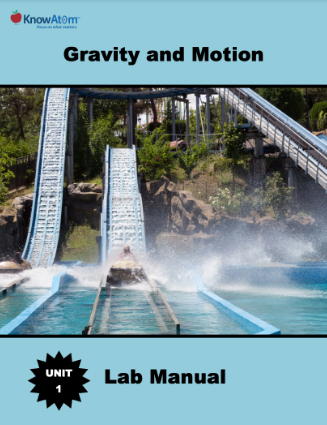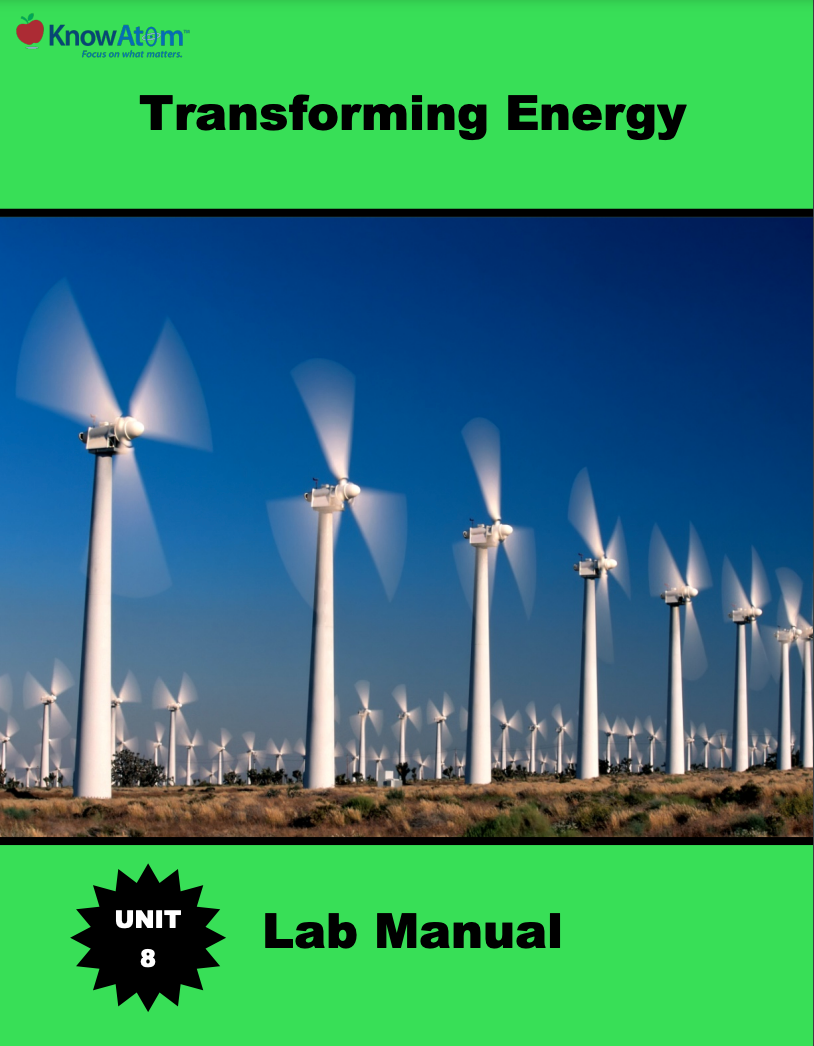
In this unit, students focus on the science phenomena of the relationship between gravity and motion, tracing how gravitational potential energy transforms to kinetic energy in different energy systems. In this lesson, they investigate the relationship between the drop height of a bouncy ball and its rebound height. This page is a high-level extract of this lesson.

In this unit, students connect their explorations of Earth and life sciences with physical sciences with an exploration into the science phenomena of magnetism and electricity. They investigate magnetic fields and electromagnets in this lesson. This page showcases key parts of this lesson.
.png)
In this unit, students explore the science phenomena of Earth systems as they interact. Students do this by discovering the importance of water for life on Earth. In this lesson, students figure out groundwater flow by exploring the porosity and permeability of different Earth materials. This page is a high-level extract of this lesson.
.png)
In this unit, students explore how communication systems transmit information from one person or place to another. In this lesson, students use what they know about the science phenomena of electromagnets and magnetic fields to design a speaker, a common decoding device in many audio technologies. This page highlights key components of this lesson.
Standards citation: NGSS Lead States. 2013. Next Generation Science Standards: For States, By States. Washington, DC: The National Academies Press. Neither WestEd nor the lead states and partners that developed the Next Generation Science Standards were involved in the production of this product, and do not endorse it.
